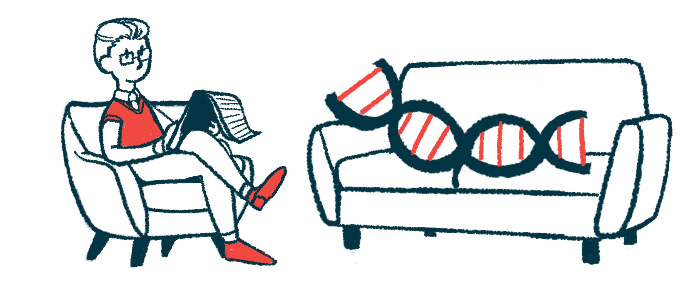Shaw Prize awarded to 2 scientists for work in SCD gene therapies
Their discoveries paved the way for now-approved therapy Casgevy

The 2024 Shaw Prize in Life Science & Medicine has been awarded to two U.S. scientists whose discoveries paved the way for the development of gene therapies for sickle cell disease (SCD) and other blood disorders.
This year’s prize — carrying a gold medal and a $1.2 million award — is shared by Stuart Orkin, MD, a researcher at the Dana-Farber/Boston Children’s Cancer and Blood Disorders Center, and Swee Lay Thein, PhD, senior investigator and chief of the sickle cell branch of the National Heart, Lung, and Blood Institute at the National Institutes of Health.
Their work unveiled the genetic and molecular mechanisms underlying the transition in the production of fetal to adult hemoglobin. These discoveries led to work that culminated in the development and approval of Casgevy (exagamglogene autotemcel), the first gene-editing therapy based on CRISPR/Cas9 to be approved for SCD and transfusion-dependent beta thalassemia, a related blood disorder.
“Receiving The Shaw Prize is an honor and a testament to the dedication of countless researchers who have contributed to our understanding of hemoglobin regulation over the years,” Orkin, who is also a professor of pediatrics at Harvard Medical School, said in a press release from Boston Children’s.
“This recognition underscores the potential of our findings to revolutionize the treatment landscape for sickle cell anemia and [beta] thalassemia, offering new hope to patients worldwide,” Orkin added.
Shaw Prize awarded to Swee Lay Thein and Stuart Orkin
Often referred to as the “Nobel of the East,” the prize recognizes scientists who have made striking contributions to research. It was established in 2002 by Run Run Shaw, a philanthropist. To date, 41 individuals have been named Shaw Prize Laureates in Life Sciences and Medicine. There also is a Shaw Prize in Astronomy, and one in Mathematical Sciences.
This year’s science winners were recognized for their “transformative” research (Thein) and “elegant work” (Orkin), according to a Shaw Prize webpage highlighting their careers.
“Over the course of their distinguished careers, Swee Lay Thein and Stuart Orkin each made wide-ranging, independent contributions to the analysis of blood cell disorders. Their work intersected when they made complementary and reinforcing discoveries that led to the development of a therapy to treat sickle cell disease and [beta] thalassemia,” the webpage states.
Several versions of hemoglobin, the protein that carries oxygen in red blood cells, can be found in the human body. As its name suggests, fetal hemoglobin is produced while a baby develops in the womb. This version of hemoglobin is replaced after birth by an adult form of the protein that is less effective at transporting oxygen throughout the body.
The production of these different versions of hemoglobin is controlled by different genes. The HBB gene, which contains instructions for making a subunit of adult hemoglobin, is mutated in SCD, resulting in the production of a faulty version of the adult form of the protein. Conversely, the HBG gene, which provides instructions for making a component of fetal hemoglobin, is not affected by SCD-causing mutations.
One of the therapeutic strategies that can be adopted to ease the severity of SCD and beta thalassemia is to reactivate the production of fetal hemoglobin — an approach that came on the heels of both Orkin’s and Thein’s discoveries.
Thein’s research led to the identification of the BCL11A gene as a regulator of fetal hemoglobin production. Follow-up work by Orkin confirmed the BCL11A protein was involved in the process of shutting off the production of fetal hemoglobin after birth — a discovery that has rendered him the recipient of several other awards.
These findings led scientists to postulate that reducing BCL11A levels could boost the production of fetal hemoglobin, which in turn would compensate for the faulty or deficient version of the adult form of the protein in SCD and related blood disorders. Such a mechanism is the rationale behind the gene-editing therapy Casgevy, approved in the U.S. earlier this year.







